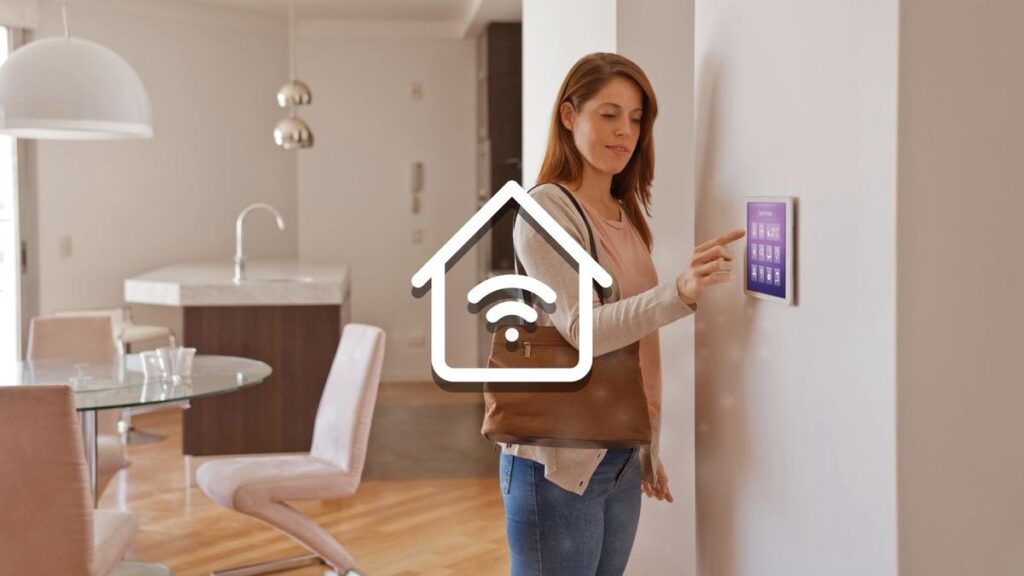
Smart Home Protocols Overview: A Guide to Seamless Connectivity
In today’s rapidly advancing technological landscape, the concept of a smart home has transformed from a futuristic notion into a tangible reality for many households. As home enthusiasts delve into creating more connected and efficient living spaces, understanding the various smart home protocols becomes crucial. This smart home protocols overview aims to shed light on the intricacies of these systems, ensuring seamless integration and optimal performance for your smart home devices.

What Are Smart Home Protocols?
Smart home protocols are standardized communication languages that enable different smart devices to interact with one another. These protocols ensure that your devices can communicate effectively, providing you with a cohesive and unified smart home ecosystem.
Why Are Smart Home Protocols Important?
The importance of smart home protocols lies in their ability to provide interoperability between devices from different manufacturers. Without these protocols, your devices would be unable to communicate, leading to a disjointed and inefficient smart home system.
Popular Smart Home Protocols
There are several prominent smart home protocols that play a significant role in ensuring seamless connectivity and functionality of your smart home devices. Below, we will explore some of the most popular ones.
1. Zigbee
Zigbee is a widely used protocol that operates on the IEEE 802.15.4 standard. It is known for its low power consumption and robust mesh networking capabilities. Zigbee devices communicate with each other through a mesh network, ensuring reliable connections even over long distances.
2. Z-Wave
Z-Wave is another popular protocol known for its reliability and secure communication. Unlike Zigbee, Z-Wave operates on a different frequency, reducing interference with other household devices. Its ability to support up to 232 devices per network makes it an excellent choice for larger smart home setups.
3. Wi-Fi
Wi-Fi is a ubiquitous protocol that allows devices to connect to the internet and each other. While it offers high data transfer rates, it is not as energy-efficient as Zigbee or Z-Wave. However, its extensive range and widespread adoption make it a common choice for smart home devices.
4. Bluetooth
Bluetooth, primarily known for its short-range communication capabilities, is often used for smart home devices that require minimal data transfer. Recent advancements in Bluetooth technology have improved its range and reliability, making it a viable option for certain smart home applications.
Choosing the Right Protocol for Your Smart Home
Selecting the appropriate protocol for your smart home depends on various factors, including the type of devices you have, the size of your home, and your connectivity needs. Understanding the strengths and limitations of each protocol will help you make informed decisions.
Factors to Consider
- Device Compatibility: Ensure that the protocol you choose is compatible with your existing devices.
- Range and Coverage: Consider the range of the protocol to ensure it covers your entire home.
- Power Consumption: Opt for protocols that consume less power for battery-operated devices.
- Security: Prioritize protocols with strong security features to protect your smart home network.
Integrating Smart Home Devices
Once you have selected the appropriate protocol, integrating your devices becomes the next step. Many devices come with user-friendly apps that guide you through the setup process, ensuring a seamless connection to your smart home network.
For a more in-depth understanding of smart home integration with Alexa, you can explore Alexa guide which offers detailed insights.
Future of Smart Home Protocols
The future of smart home protocols is promising, with continuous advancements aimed at enhancing connectivity, security, and efficiency. Emerging protocols are focusing on reducing latency, increasing data transfer rates, and providing more robust security measures.
Challenges and Innovations
While the future looks bright, challenges such as interoperability and standardization remain. Innovations in artificial intelligence and machine learning are expected to address these issues, paving the way for more intuitive and responsive smart home systems.
Conclusion
In conclusion, understanding smart home protocols is essential for anyone looking to create a connected and efficient living space. By selecting the appropriate protocol and ensuring proper integration, you can enjoy a seamless smart home experience. For further exploration of smart home automation, visit smart home automation.

FAQs
1. What is the most popular smart home protocol?
Zigbee and Z-Wave are among the most popular protocols due to their reliability and widespread adoption.
2. Can I use multiple protocols in my smart home?
Yes, many smart home systems support multiple protocols, allowing you to integrate a variety of devices.
3. How do I know if a device is compatible with my chosen protocol?
Check the device specifications or consult the manufacturer’s website to ensure compatibility with your chosen protocol.
This article contains affiliate links. We may earn a commission at no extra cost to you.